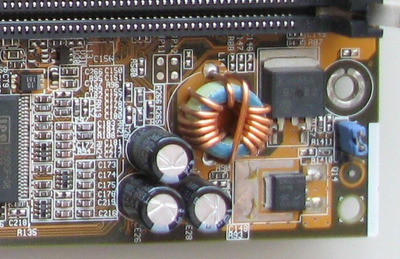Reply 20 of 50, by mrfusion92
Another round of testing done. CPU is now the slot-1 PIII@500 (100 Mhz x 5) with 2 x 64MB PC100 SDRAM.
Installed Windows 2000 and the results are as follows:
- TNT2 M64, FX 5200 Ultra and FX 4000 are 100% working at any resolution and color depth.
- Geforce4 MX440 first time booted OK and was able to set 1024x768@32, after reboot I got scrambled graphic but Windows didn't crash, it was still usable. Reverting to 640x480@16 didn't fix the issue even after a reboot.
- FX5600 and Quadro4 same issue of Win98. Black screen after Windows boot one.
So is it a power issue? Because the only two cards that worked are the less power hungry of them and the only one with a molex for additional juice. While the GF4MX440 is right on the edge of the power limit.
I was feeling confident and I put back the Win98 drive and... nothing, issue still present even with the three cards that are working under Win2k.
AlexZ wrote on 2023-09-19, 18:15:Reinstall Windows. FX 5600 works fine on my 440BX.
Ehm.. trust me I reinstalled Win98 basically after every test 🤣 I wrote a batch script that formats the drive and launches the unattended Windows setup.
shevalier wrote on 2023-09-19, 18:50:Check the position of the Vio jumper. And hardware monitoring to. AGP8X cards react very poorly to voltages greater than ~3.5V w […]
Check the position of the Vio jumper.
And hardware monitoring to.
AGP8X cards react very poorly to voltages greater than ~3.5V when running on AGP2X.
Most often they hang under load.
Sure, I will definitely check the voltages.
mockingbird wrote on 2023-09-19, 17:28:Wait a moment -- don't be so quick to draw conclusions from posts by strangers on internet forums...
I mean sure but I opened this post to brainstorm ideas, so any opinion is welcome. For example, I hadn't really thought about installing Windows 2000 before they advised to do so.



